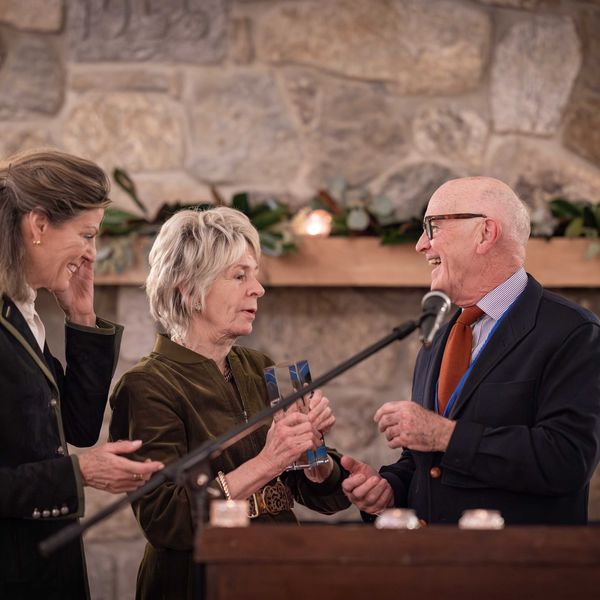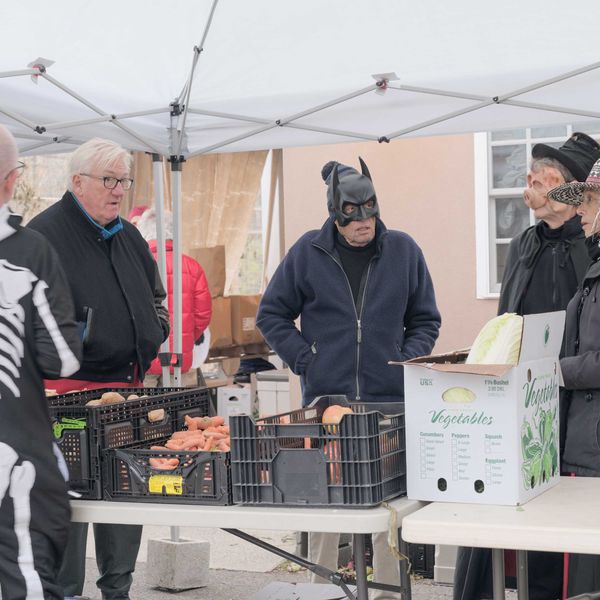Horticulture and History: 19th century poison teas focus of library presentation
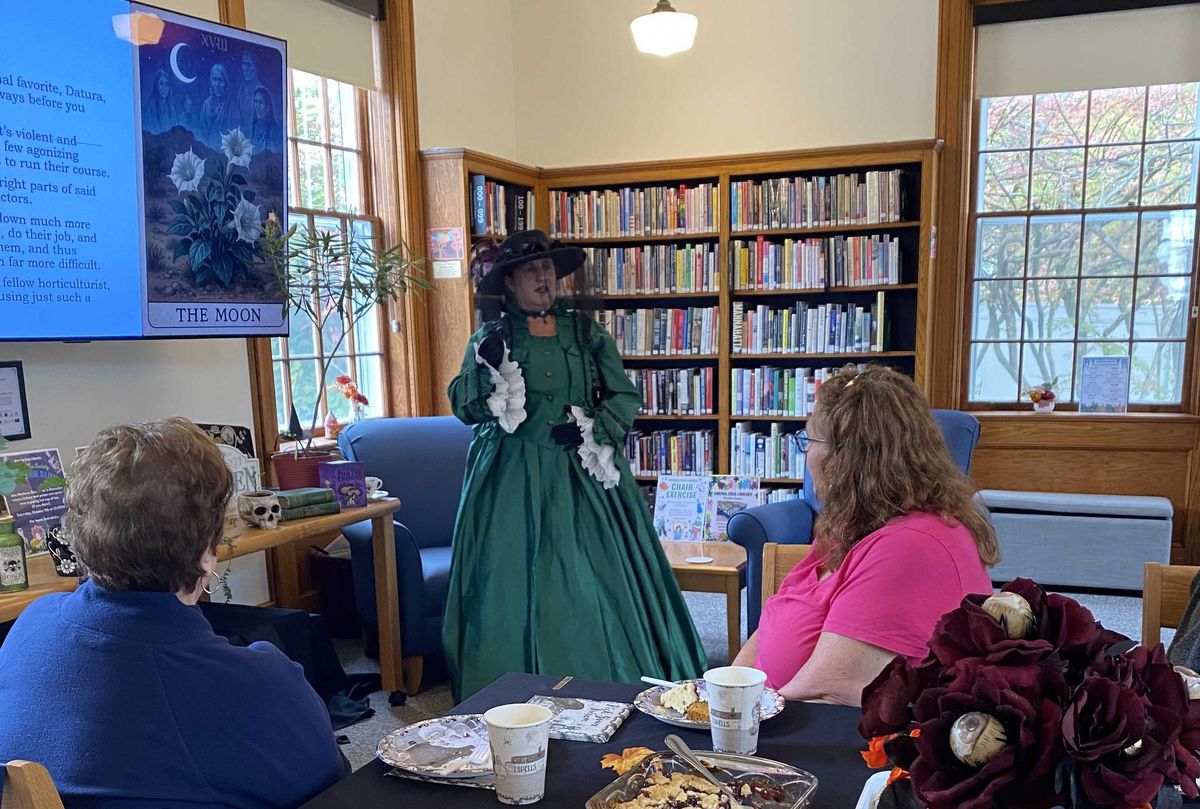
In Victorian era costume for the occasion, Madame Datura regaled the Amenia Library’s Tea Society meeting on Saturday, Oct. 11, with the history of plants and poisons, all the rage in 19th century literature and in fact.
Photo by Leila Hawken
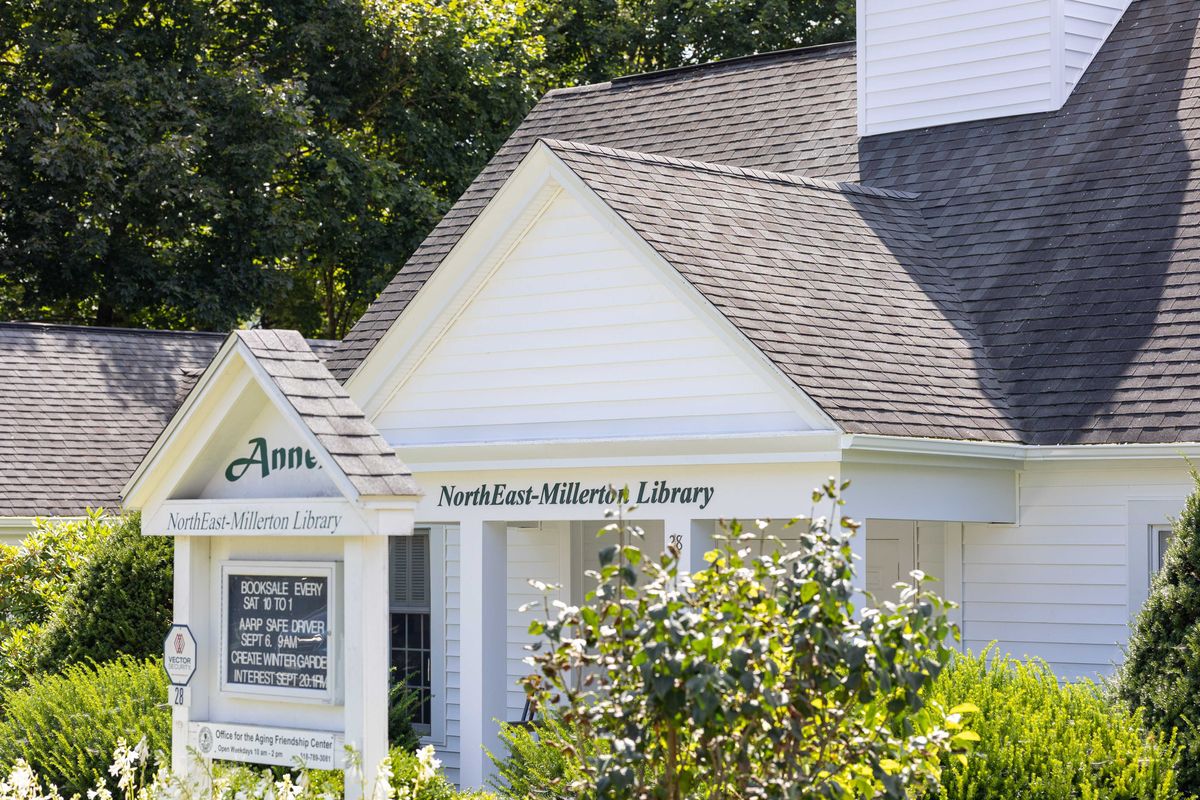




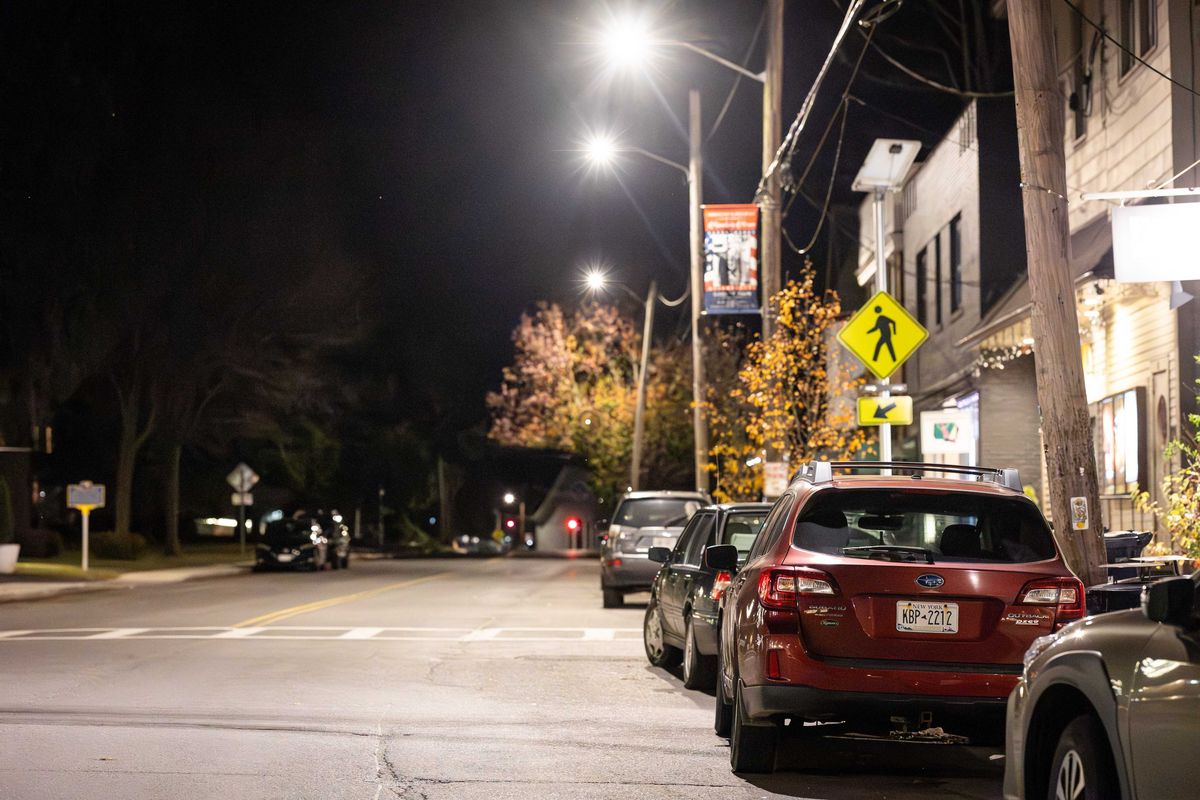

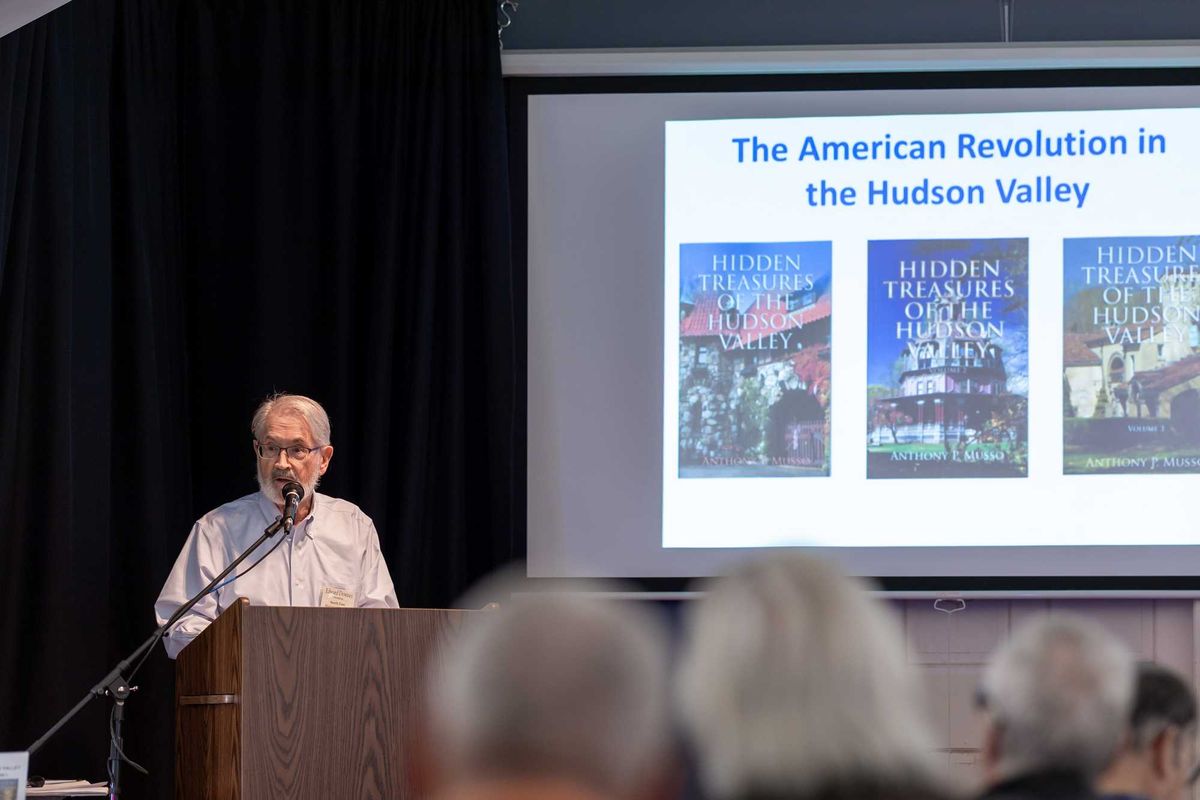

 Artist Katro StormNatalia Zukerman
Artist Katro StormNatalia Zukerman